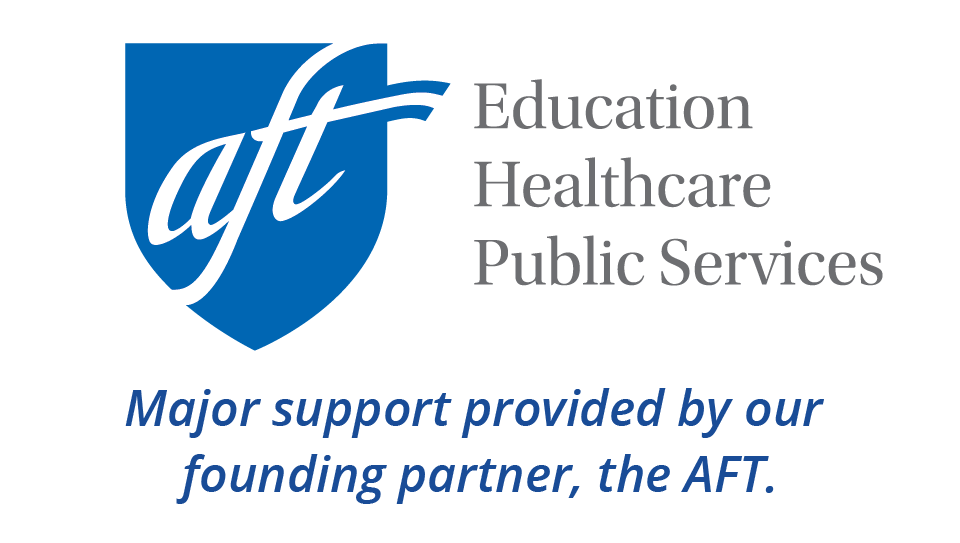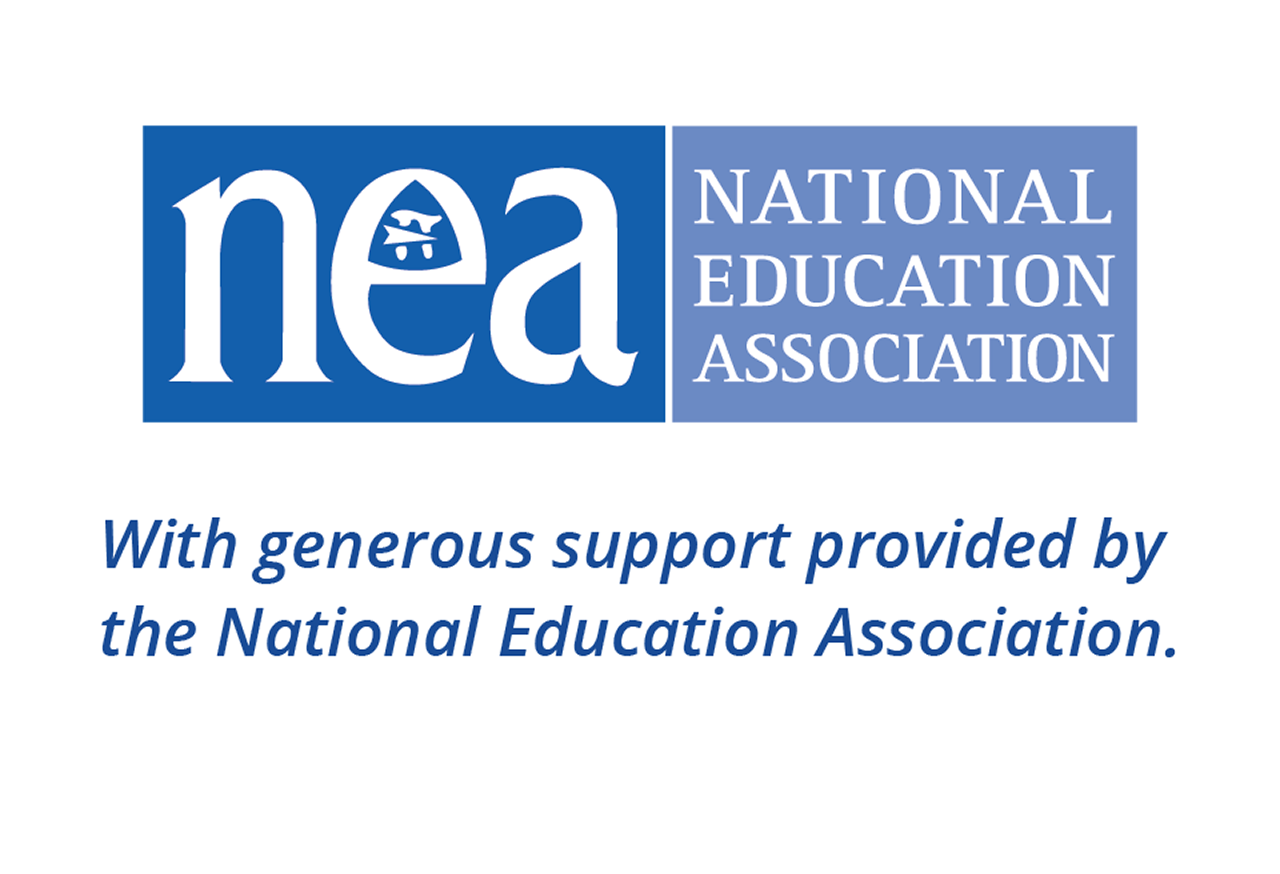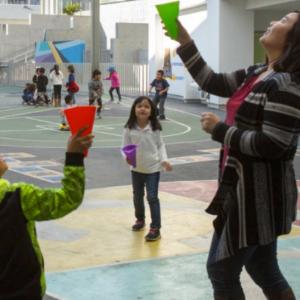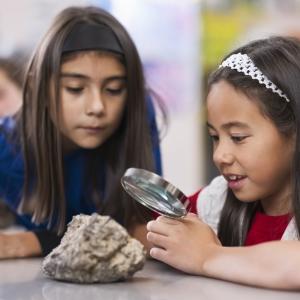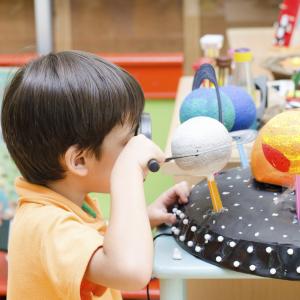ELL News Headlines
Throughout the week, Colorín Colorado gathers news headlines related to English language learners from around the country. The ELL Headlines are posted Monday through Friday and are available for free!
Get these headlines sent to you weekly!
To receive our free weekly newsletter of the week's stories, sign up on our Newsletters page. You can also embed our ELL News Widget.
Note: These links may expire after a week or so, and some websites require you to register first before seeing an article. Colorín Colorado does not necessarily endorse these views or any others on these outside web sites.
Best of 2018: North Carolina Teacher Is Changing the Lives of Her ESL Students — and Their Families
A group of North Carolina parents walk into Irvin Elementary School in Concord, armed with homemade tamales, tacos, enchiladas, pozole and their children — little Allen and Briana, Alison and Alexander — in tow, for an all-Spanish-language Cinco de Mayo teacher appreciation party. They may have given their children English names, but these parents struggle with English. Astrid Emily Francis, an English as a Second Language (ESL) teacher, hopes the party feels welcoming; for some of the immigrant parents it will be the first time they have walked into the school. Because of the language barrier, coming to school can be intimidating, but tonight they’ll serve and eat with the teachers. They might even play Spanish B-I-N-G-O, and the parents will help the teachers find the right pictures on the cards.
Best of 2018: National Teacher of the Year Shares Immigrant Students' Stories with White House
President Donald Trump thanked teachers for their dedication in a short speech in the historic East Room of the White House on Wednesday. He was speaking to a crowd of renowned teachers and their family members. The teachers had all received their state's highest honor in 2018. The National Teacher of the Year, Mandy Manning, stood behind Trump as he delivered his remarks. Manning teaches newly arrived immigrant and refugee students in Washington state. She told Education Week that she had her students write letters to the White House to share their stories—from bureaucratic red tape splitting up families to being told to "go back to Africa."
Best of 2018: Bronx Teacher of Immigrant Students Named New York's 2019 Teacher of the Year
A visually impaired Bronx high school teacher who immigrated to this country from West Africa and entered teaching because he wanted to transform the lives of young people — all while commuting four hours round-trip each day from the Hudson Valley to do so — today was named the state’s 2019 Teacher of the Year.
Border Official Announces Changes After Second Migrant Child Dies in US Custody
After two Guatemalan children died in its custody, US Customs and Border Protection is changing how it handles health care for migrant detainees. CBP Commissioner Kevin K. McAleenan announced the changes Tuesday, the same day his agency reported the death of an 8-year-old Guatemalan boy late Christmas Eve.
After Years In Refugee Camps, A Family Celebrates Its First Christmas In The U.S.
It's a familiar scene: a family gathering on a Sunday afternoon, the kids off playing somewhere in the house. But in the kitchen, conversations in Swahili fill the room. Cecil Furaha, 30, uses a rolling pin as a pestle to crush ginger for her version of pilau, a popular rice dish. She is joined by Sharon Fine, one of the first people she met when she arrived in America. Furaha, her husband, Saidi Roger, 33, and their seven kids have been in the U.S. for three months. Their home in Silver Spring, Md., is a cozy three-story condo at the end of a cul-de-sac. The inside is fully furnished with donations from volunteers. A homemade sign with the word karibu hangs prominently on the wall at the end of their dinner table. It means "welcome" in Swahili. Furaha says she feels safe here. But life was not always that way.
The Night Before Christmas, Latin Style
It's a Weekend Edition Saturday holiday favorite: "A Visit from St. Nicholas" with a Latin twist. Claudio Sanchez reads the poem. "I ran to the window and looked out, afuera. And who in the world do you think that it era?"
A boy separated from his mom at the border faces his first Christmas without her
More than 2,500 migrant children were taken from their parents at the border earlier this year under the Trump administration’s now abandoned “zero tolerance” immigration policy. After months of court orders and administrative chaos, the majority of these children have been reunited with their parents — some in Central America but most in the United States. In more than 200 cases, according to the American Civil Liberties Union, deported parents have made the painful decision to leave their separated sons or daughters behind in the hope that they will have a better life in America.
7-Year-Old Migrant Girl Taken Into Border Patrol Custody Dies of Dehydration, Exhaustion
A 7-year-old girl from Guatemala died of dehydration and shock after she was taken into Border Patrol custody last week for crossing from Mexico into the United States illegally with her father and a large group of migrants along a remote span of New Mexico desert, U.S. Customs and Border Protection said Thursday.
The Dual Immersion Solution
Driven by rapidly increasing linguistic diversity in public schools, districts throughout the country are scrambling for ways to meet the needs of ELLs, who now total nearly 5 million U.S. students—an increase of over 1 million since 2000. But instead of seeing ELLs as a costly challenge — requiring remedial support or additional staffing, for example — many districts are acknowledging the assets these students bring to school, and in response have created dual-language immersion programs where English learners and native English speakers learn together.
Carthage Engages Immigrant Families
It's a Monday night at Fairview Elementary, and a small group of Hispanic parents sit around a table joined by teachers from Carthage's dual language and English Language Learners programs. It's the first of many meetings to come in an effort to increase engagement with immigrant families, one component of a larger grant project that seeks to bolster English Language Learners programs in four Missouri school districts, including Carthage. The $2.6 million five-year grant, dubbed Strengthening Equity and Effectiveness for Teachers of English Learners, will provide ELL training to teachers in the Carthage, Kansas City Public, Bayless and Columbia public school districts.

